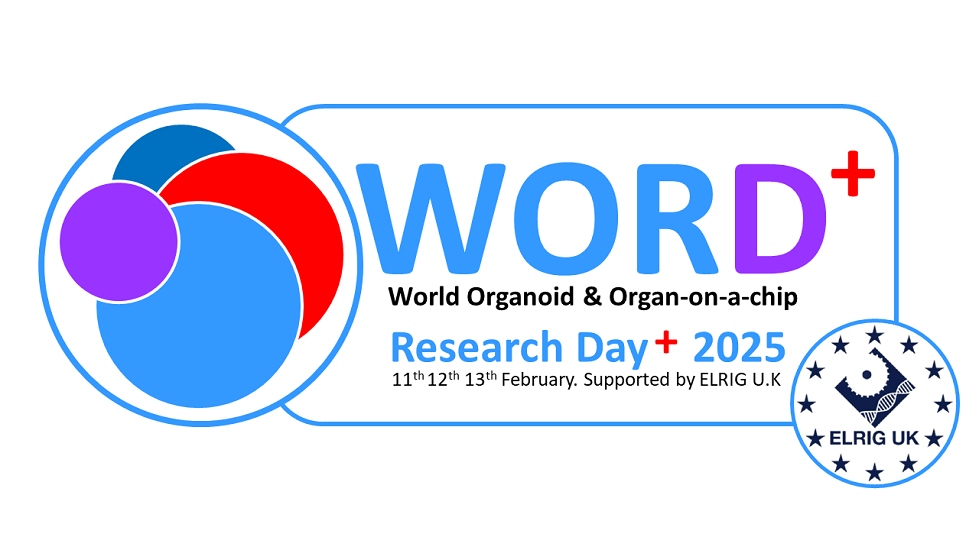Authors
M Rudnik1; O Yavaş Grining1; T Häfeli1; L Hölting1; D Ortiz Franyuti2; R Matheis2; E Breous-Nystrom2; O Frey1;
1 InSphero, Switzerland; 2 Roche Pharma Research & Early Development, Roche Innovation Center Basel, Switzerland
Overview
Modern drug development requires understanding of complex interactions of the immune systems with multiple organs and ensure efficiency and safety at the same time. Dedicated in vitro systems face severe challenges regarding throughput, reproducibility, and compatibility with automation-compatible devices and endpoint.
We developed a high-throughput, 384-well-format platform for co-culturing of two or more 3D spheroid models including immune cells.
Introduction
In a first application, we performed a combined assessment of anti-tumor efficacy and liver safety of bispecific antibodies. We employed 3D spheroids composed of primary human hepatocytes and Kupffer cells as liver model. In parallel, the solid tumor model was aggerated of human cancer cell lines (HCT116-GFP) and primary cancer associated fibroblasts, mimicking the tumor microenvironment. Both models were cultured in automation-friendly wells pairwise interconnected with microfluidic channels.
Methods
We treated 3D spheroid models with runimotamab (HER2xCD3 bispecific antibody) in the presence of peripheral blood mononuclear cells (PBMCs). Tumor viability and growth was assessed by fluorescence measurements, while liver toxicity and function were monitored by release of liver aminotransferases ALT/AST, albumin secretion and live confocal microscopy. Immune cell activation was assessed by a cytokine bead array.
Results
The treatment with runimotamab resulted in a significant decrease of fluorescence and size of tumor spheroids. At the same time, we observed an induced secretion of cytokines with a peak of expression of IL-2, TNFα after 24h and INFy, IL-6 and IL-17A after 48h. Cytokine release was coupled with elevated levels of clinically relevant liver damage biomarkers ALT and AST with peak at 72h timepoint. This data suggests potential risk of cytokine release syndrome (CRS) followed by liver damage.
Conclusion
In summary, we demonstrated a powerful high-throughput co-culturing format – automation-compatible with up to 192 co-culture conditions per plate – for the investigation of complex tissue interactions

